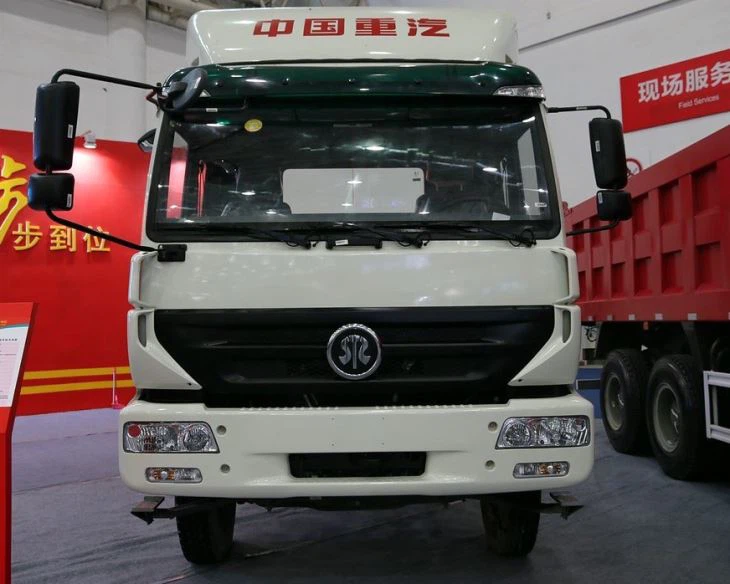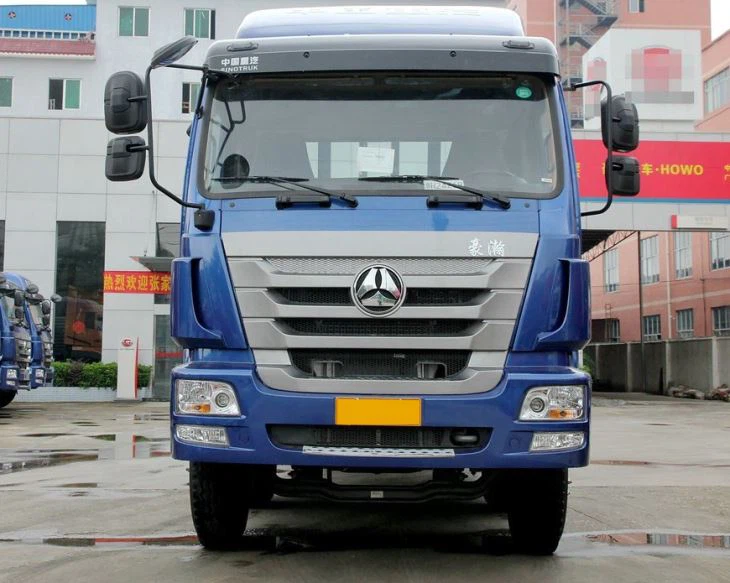Understanding LP Tankers: A Comprehensive Guide

Introduction to LP Tankers

LP tankers, or Liquefied Petroleum Gas tankers, play a crucial role in the transportation of propane, butane, and other gases in a liquefied state. These specialized ships are designed for the efficient and safe movement of these flammable substances across the globe, ensuring energy and resource distribution. In this article, we will explore the various aspects of LP tankers, including their design, operation, safety protocols, advantages, and challenges faced by the industry.
The Basics of LP Tankers
What are LP Tankers?
LP tankers are vessels specifically built to transport liquefied petroleum gases (LPG) in bulk. LPG is a clean burning fuel derived from natural gas processing and crude oil refining. LP tankers typically come in two designs: fully pressurized and semi-refrigerated, each catering to different operational needs and cargo types.
Types of LP Tankers
- Fully Pressurized LP Tankers: These vessels maintain a cargo temperature of around 15°C (59°F) under high pressure, typically around 8-9 bar. They are suitable for transporting propane and butane.
- Semi-Refrigerated LP Tankers: These ships have the capability to both pressurize and cool the cargo, making them suitable for heavier hydrocarbons and LPG mixtures.
Design Features
LP tankers are equipped with specialized tanks that maintain the required temperature and pressure for transporting gases. They have insulation to minimize heat transfer, preventing the gas from vaporizing. The design also includes double hulls to reduce the risk of spills during transport.
The Operation of LP Tankers
Loading and Unloading Procedures
The loading process involves pumping the LPG into the tanks of the tanker, which requires specialized equipment to ensure safety and efficiency. During unloading, the vessel must connect to a shore facility that is equipped to handle LPG safely.
Cargo Management

Effective cargo management is critical in LP tankers. This includes monitoring tank pressure, temperature, and the amount of cargo on board. Modern tankers are equipped with advanced monitoring systems to track these parameters in real time.
Safety Protocols in LP Tanker Operations
Safety Regulations
LP tanker operations are governed by stringent international and national regulations, including the International Maritime Organization (IMO) conventions. These regulations dictate the design, operation, and maintenance standards necessary to ensure the safe transport of LPG.
Risk Management Practices
Risk management in LP tankers involves implementing safety measures such as regular inspections, crew training, safety drills, and emergency response plans to handle potential leaks or spills.
Emergency Procedures
In the event of an emergency, LP tankers must have protocols in place for dealing with spills, fire, and gas leaks. The crew is trained to respond swiftly to mitigate risks and ensure the safety of the vessel and the environment.
Environmental Considerations
Impact of LPG Transport
Transporting LPG has environmental implications, including greenhouse gas emissions and the potential for spills or leaks. However, LPG is considered to be a cleaner fuel compared to coal or oil, contributing to lower emissions during combustion.
Mitigation Strategies
The industry is focusing on innovative technologies and practices to reduce the environmental impact of LPG transport, such as investing in eco-friendly ships and implementing more stringent safety measures.
Advantages of Using LP Tankers
Efficiency in Transportation
LP tankers are designed for efficient bilging and loading, ensuring that gas can be moved quickly to meet global energy demands. This efficiency is vital in ensuring supply meets the needs of consumers.
Cost-Effectiveness
Transporting LPG via ship can be more cost-effective compared to other methods, especially for long-distance transport. Bulk shipping reduces the cost per unit of fuel transported.
Global Reach
LP tankers enable the movement of propane and butane to regions where these fuels may not be readily available, supporting global energy distribution and meeting demand in emerging markets.
Challenges in LP Tanker Operations
Market Fluctuations
The LPG market can be volatile, affecting the profitability of LP tanker operations. Prices can vary based on supply and demand dynamics, geopolitical factors, and climate policies.
Technological Challenges

As the industry evolves, LP tanker operators must embrace new technologies for monitoring, safety, and efficiency. Keeping up with technological advancements can be resource-intensive and require trained personnel.
Regulatory Compliance
Complying with various local and international regulations can be complex and costly for LP tanker operators. Regular inspections, maintenance, and documentation are necessary to avoid penalties and ensure safe operations.
Future Trends in LP Tanker Operations
Technological Innovations
The future of LP tanker operations lies in innovative technologies, such as automation in loading/unloading processes, enhanced monitoring systems, and more efficient engine designs to reduce emissions.
Increased Safety Measures
Ongoing advancements in safety regulations will likely lead to stricter compliance requirements, pushing operators to invest in better safety protocols and equipment.
Practical Examples and Tips for LP Tanker Operations
Case Study: Successful LP Tanker Operation
A well-known company in the LPG transport sector has effectively reduced operational costs by implementing automation in their loading and unloading procedures. By using advanced monitoring systems, they have decreased the need for manual checks, thereby minimizing human error and increasing efficiency.
Tips for Ensuring Safe Operations
- Regular Training: Ensure that the crew is well-trained in safety protocols and emergency response.
- Equipment Maintenance: Conduct regular inspections and maintenance of equipment to prevent failures.
- Monitor Environmental Impact: Implement strategies to track and reduce the environmental impact of operations.
Frequently Asked Questions (FAQs)
What is the primary use of LP tankers?
LP tankers are primarily used for the transportation of liquefied petroleum gases such as propane and butane across the globe.
How safe is it to transport LPG using tankers?
Transporting LPG with LP tankers is generally safe, provided that strict safety protocols and international regulations are adhered to during operations.
What are the main types of LP tankers?
The main types of LP tankers are fully pressurized and semi-refrigerated, each designed for specific types of LPG transport.
How can environmental impact be minimized in LP tanker operations?
Environmental impact can be minimized through the use of innovative technologies, implementing eco-friendly practices, and adhering to strict safety regulations.
What challenges do LP tanker operators face?
LP tanker operators face challenges such as market fluctuations, regulatory compliance, and technological advancements that require continual adaptation and investment.
What trends are shaping the future of LP tanker operations?
Future trends include the adoption of automation, enhanced safety measures, and an increasing focus on reducing environmental impact through innovative technologies.
